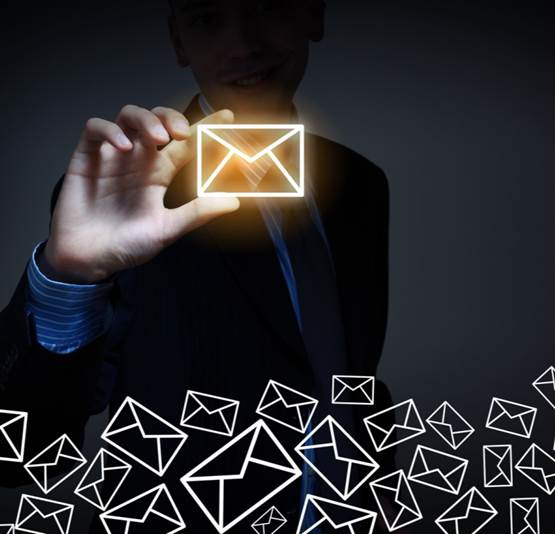
Research in the USA indicates that the average executive will spend 25% of their working day on emails. The picture is likely to be similar in most developed countries.
So it’s obvious that the first rule of emailing is:
Keep it short and to the point
The average attention span of an adult is now 8.25 seconds, down from 12 seconds in 2000. The average attention span of a goldfish is 9 seconds. (No, we’re not suggesting you write to your pet fish!)
If you want someone to read your emails, you have to spend time to create your message using the minimum number of words. Ironically, it takes more time and discipline to write short, clear emails than long rambling ones.
Make the subject part of the message
Avoid vague and irritating subjects like these we found in our own mailbox:
- “We need a few of these”
- “Press conference coming up”
- “Something that may interest you”
Be much more direct, like this:
- “Solar panels could cut our energy bills 15%”
- “Media conference tomorrow 16.00”
- “This copier might solve your document problems”
Start your mail with the appropriate introduction
In business, it’s important to set the correct tone immediately. Always remember your mail may be forwarded to others inside and outside the organisation, either deliberately or accidentally.
So the tone and style of the content should be a favourable reflection of your organisation’s corporate or professional image
Depending on the closeness of your relationship with the recipient, these are acceptable opening lines:
- “Good day/good morning/good afternoon Mrs Scott”
- “Hello Bruno”
- “Greetings everyone”
- “Hi Pete” (only if you know he prefers the short version of his name)
The jokey, informal language you might use with close friends or family members in a social context must always be avoided. For example:
- “Yo Chrissie!”
- “How’re you doing dude?
- “Hey, my man”
Under no circumstances should you use internet slang or emojis in business communication. Not ever. Not now, not tomorrow, not ever.
Now for the message
Let’s say we’re inviting a colleague to attend a media conference.
Subject: Media conference tomorrow 16.00
Good morning Mrs Scott
We’ve scheduled a media conference tomorrow and the CEO asks if you would please attend.
Venue: Head office conference room, 10th floor.
Time: 15.45 for 16.00
Duration: 30 minutes
Please confirm by 14.00 today that you’ll be there.
Thank you.
In only 48 words, you’ve delivered a clear, polite invitation and asked for a response, and it has taken the recipient only about 12 seconds to read your entire mail. You could make it even shorter but you run the risk of seeming impolite. Use your judgment in cases like this.
Think before you hit the SEND button
As a precaution, especially if you’re not very familiar with emailing, insert the recipient’s name only after you’ve carefully checked your message for grammar, spelling, or factual errors. That way, you won’t accidentally transmit a substandard mail.
Use the REPLY ALL facility only when absolutely necessary. With so many emails pouring into mailboxes these days, only the truly relevant ones will be read. Carefully consider whether all the recipients really need to follow the email thread every step of the way.
Acknowledge important messages
If you’ve received an email on an important subject, acknowledge it as quickly as you can.
Even if you’ve taken no action or decision on the contents, a simple message like this will let the sender know the mail arrived safely and isn’t locked away in their junk folder:
Sam
Got your mail about the presentation next week. Give me an hour or two to confirm a venue and I’ll get back to you.
Thanks.
Tina
There are two important issues here. The first is that you have demonstrated good manners by responding in this way. Failing to confirm that a mail has been received is, unfortunately, the most common breach of email etiquette world-wide.
Also, if the sender doesn’t know you’ve received their mail, they’re likely to call you to check that it’s arrived. This is a waste of your time and their money.
Outlook users can set up their system to send an automatic read/receipt email. It’s well worth doing.
Email marketing: we’ll get to that another time
Even the basics of email marketing are beyond the scope of this newsletter. If you would like to know more about this complex and dynamic marketing tool, we recommend you get hold of a copy of Email Marketing Rules by Chad White.
Follow the link to Chad White’s rules. Use them as a checklist before you push the button.
If you liked, then please subscribe to our YouTube Channel for video content. You can also find us on Twitter, Facebook, Instagram and Linkedin.




